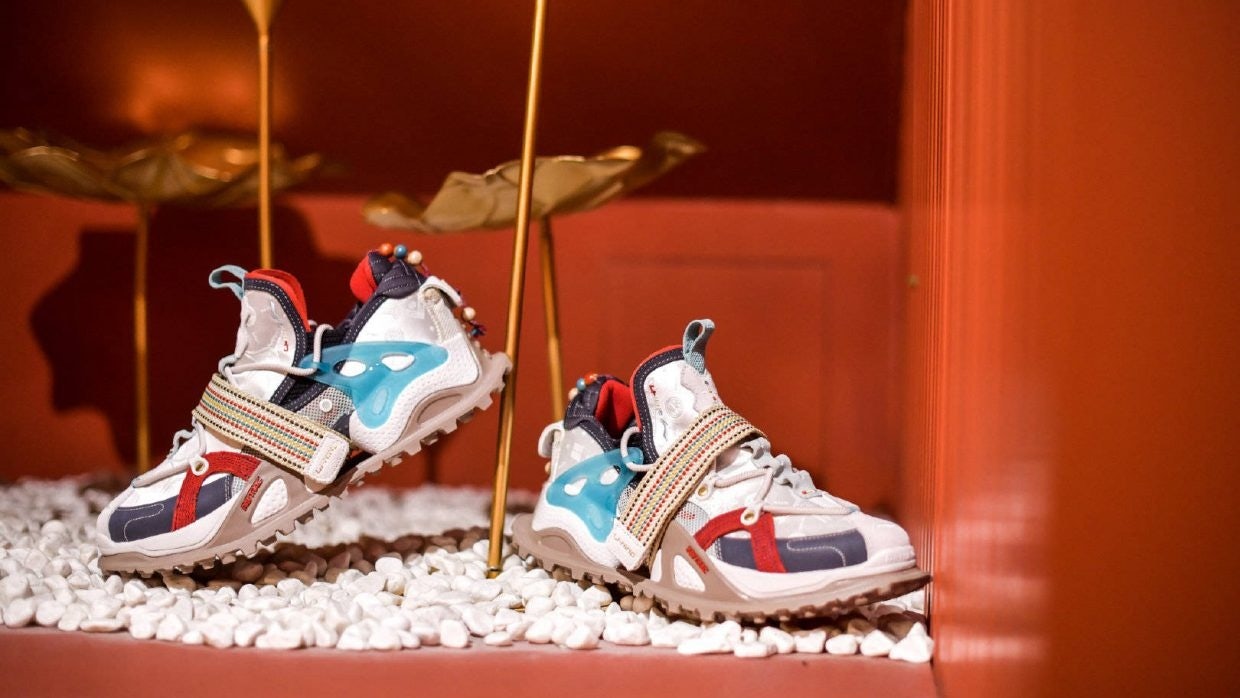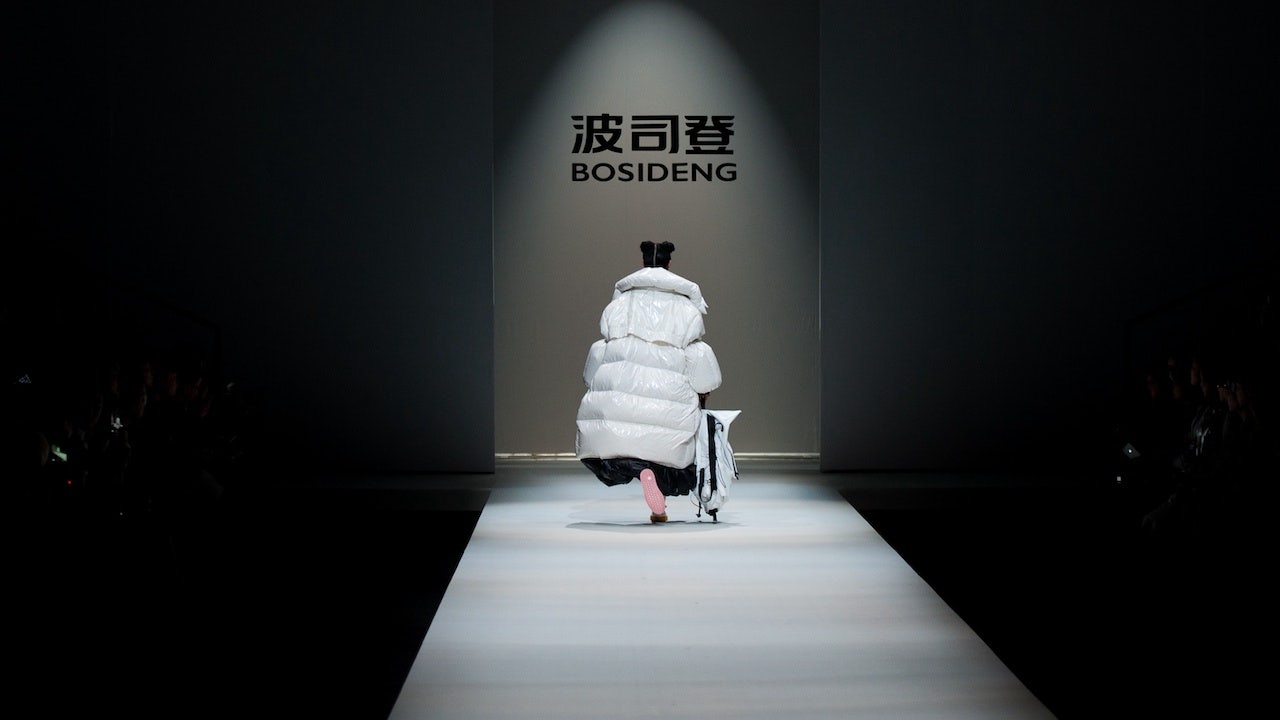Key Takeaways#
:
- The Guochao trend has exploded in recent years, with brands across the pricing spectrum eager to incorporate Chinese design and cultural cues into their product lines.
- One estimate places the market for Guochao fashion alone at around RMB 35 billion ($5.4 billion).
- Yet rising brand nationalism and domestic brand prices do not yet threaten global luxury incumbents, and rather may present an opportunity.
Over the last decade, Guochao – literally “national trend” – has become a powerful draw for increasingly nationalistic young consumers in China. Seen as a subcategory of chaopai (“trendy brands”), Guochao refers to modern consumer goods that are infused with Chinese cultural elements as a key selling point. Very often these elements come from traditional Chinese culture, although they can also refer to modern pop culture, patriotism, or old-school (aka “time-honored”) brands and childhood nostalgia.
For observers of the China market, one frustrating reality of the rise of Guochao is its amorphous nature. Since Guochao can exist across product categories and is subject to ad-hoc adoption, there is no fixed market size. However, what is certain is that many brands have been incorporating Guochao elements to boost sales in recent years, with one estimate putting the market for Guochao fashion alone at around RMB 35 billion ($5.4 billion).
The rising interest in domestic brands, and these brands’ stated desire to compete with global brands sooner rather than later, should concern luxury brands that have seen China’s domestic retail market become increasingly important over the past two COVID-defined years. Rising consumer nationalism and overt support from government authorities – as well as an ongoing entertainment, tech, and business crackdown – have put global luxury brands on the back foot, questioning their marketing plans for the year ahead.
However, there are signs that the Guochao trend can only take Chinese brands so far – at least now – in terms of pricing and direct competition with imported high-end brands. Earlier this month, the "2022 China New Consumer Brand Development Trend Report" noted the potential and the limitations of Guochao, identifying key trends in the space with long-term implications for global luxury brands in China.
According to the report, brands active in the Guochao market have seen a growth rate three times higher than ordinary brands, with a fast-growing number of consumers seeking these brands out due to what it calls “a sense of belonging, [and] a sense of achievement.” Yet along with this rising interest has come rising prices for Guochao brands or products, exemplified by a jump in prices for down jackets by Shanghai-based brand Bosideng.
According to a research report by Sinolink Securities, Bosideng increased the prices of products in its core line by as much as 30 to 40 percent in 2018. Between 2017 and 2018, the proportion of Bosideng products in the RMB 1,000-1,800 ($158-284) price range increased from 48 percent to 64 percent, while products in the RMB 1,800+ range jumped from 4.8 percent to 24 percent. Meanwhile, budget-friendly products priced at lease than RMB 1,000 dropped from 24 percent to just 4.8 percent. in 2018, the price increase of the main brand of Bosideng was as high as 30-40%.
Prices have only gone up from there. As Jing Daily previously noted, last November the down jacket maker announced plans to hike prices to more than RMB 2,000 ($314) over the next three years, up from a current average price of RMB 1,700 ($266). Also in November, Bosideng unveiled its second series of high-tech down jackets priced as high as RMB 14,900 (around $2,300). While its main line is yet to reach Moncler prices, Bosideng seems confident that it can keep raising prices and Guochao-loving consumers will stay loyal. However, not everyone is pleased, with one netizen noting that “the current Bosideng is no longer the Bosideng it used to be.”
According to Analysys senior analyst Li Yingtao, Guochao brands are becoming more and more expensive because domestic Chinese brands have passed the era of “cheapness,” and then passed a good cost-to-value ratio. When quality, design, and culture fully catch up with international brands, consumers will gradually accept paying the same prices for Chinese and international brands, according to Li.

But there is scant evidence that international brands, particularly in the luxury space, need to be too concerned that the Guochao wave could see sales plummet in the years ahead. With the exception of smartphones, down jackets, and jewelry, most Guochao products remain in the consumer goods or mid-range fashion segments, and not all consumers are willing to pay a price premium for a product with some Chinese design elements slapped onto it. One twentysomething recently told Ranjing Finance that she fails to understand the price premium levied onto typical consumer items like milk tea or snacks.
As the young woman noted, "We like Guochao, but we are not stupid. Why do we have to pay for packaging and decoration? Clearly, there’s an IQ tax being charged.” Looking to leverage the Guochao wave, typical restaurants or tea shops will festoon themselves with Peking Opera masks or other Guochao signifiers to attract consumers eager to check in and take photos to post online. This ultimately makes Guochao design elements look more like a cash grab than an aspirational movement.
This is not to say international luxury brands should not take note of Guochao and consider targeted collaborations or occasional product lines that incorporate the trend. Luxury watchmakers in particular have incorporated Chinese cultural cues in limited-edition Lunar New Year lines for years, while the likes of Scandinavian streetwear brand Soulland and the luxury menswear brand Random Identities have collaborated with increasingly Guochao-centric sportswear brand Li Ning.

